The Essential Guide on Generative AI Helping in Smarter Application Development
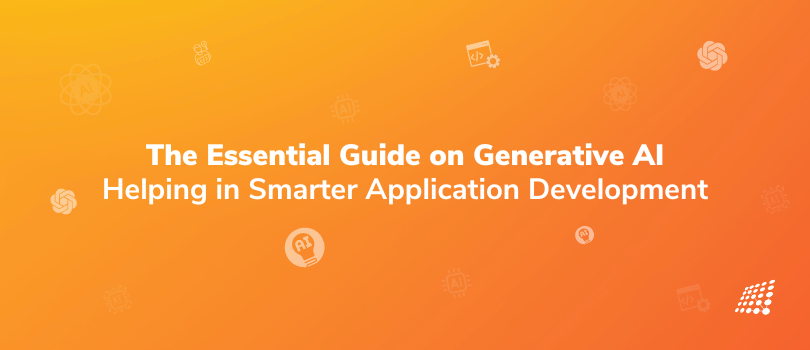
Imagine designing websites and apps in half the time! Generative AI is predicted to automate 60% of the design process by 2026. In fact, by 2027, Artificial Intelligence could be creating 15% of all new applications, without needing any human input.
However, right now, at this present moment, building apps can feel like a constant battle – tight deadlines, repetitive tasks, and the pressure to constantly innovate. How do you use Generative AI to create faster, smarter, and more innovative applications? Here is an essential guide on how Generative AI can help in smarter application development.
What Can Generative AI do?
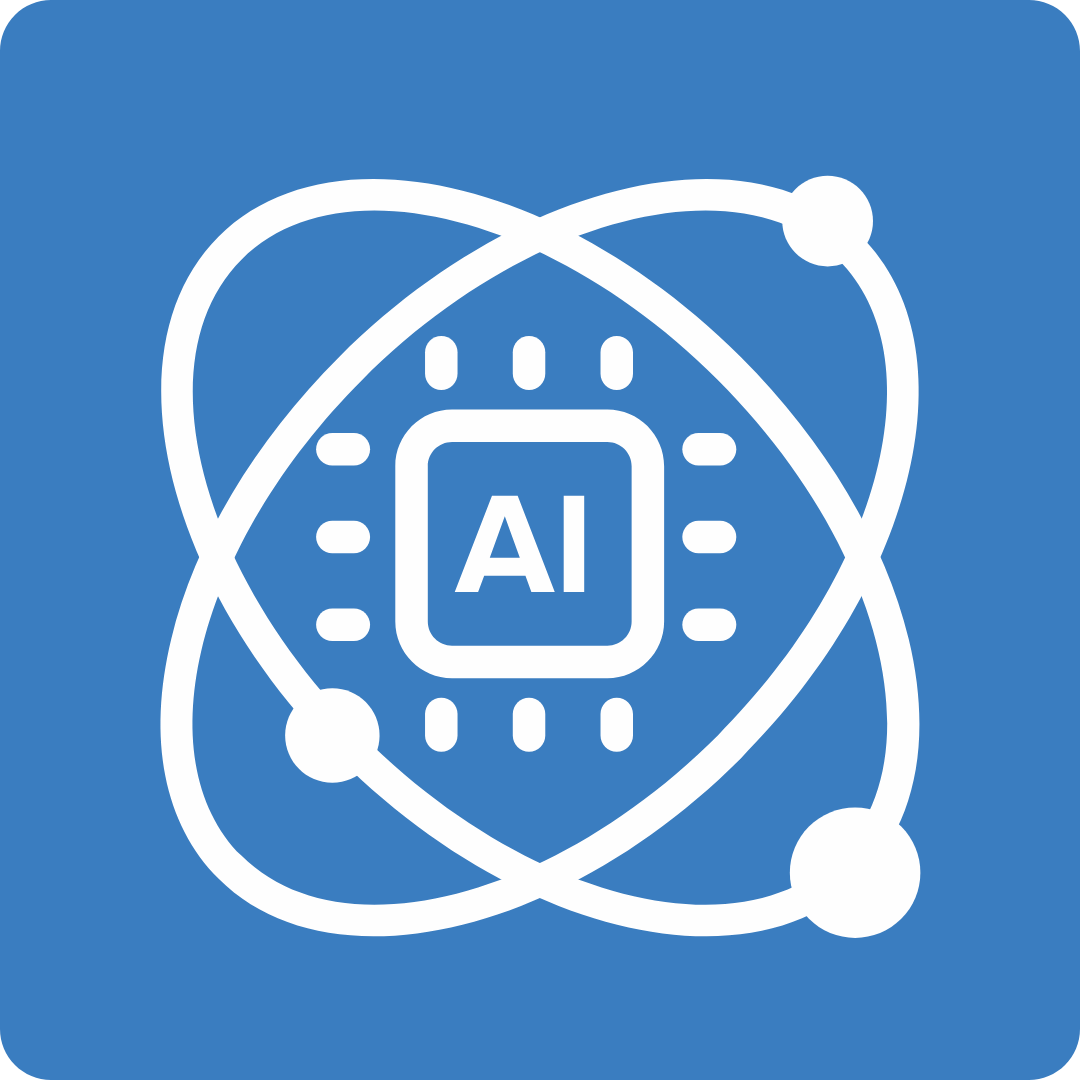
Imagine this:
- You spend less time writing the same code over and over, freeing yourself to focus on the unique features that make your app stand out.
- You can explore countless design options in minutes, ensuring your app is both user-friendly and visually captivating.
- Documentation becomes a breeze, with clear and concise instructions automatically generated, saving you and your team valuable time.
This isn't science fiction – it's the reality with Generative AI.
Ways Generative AI is Impacting Application Development!
1. Simplifies Repetitive Tasks
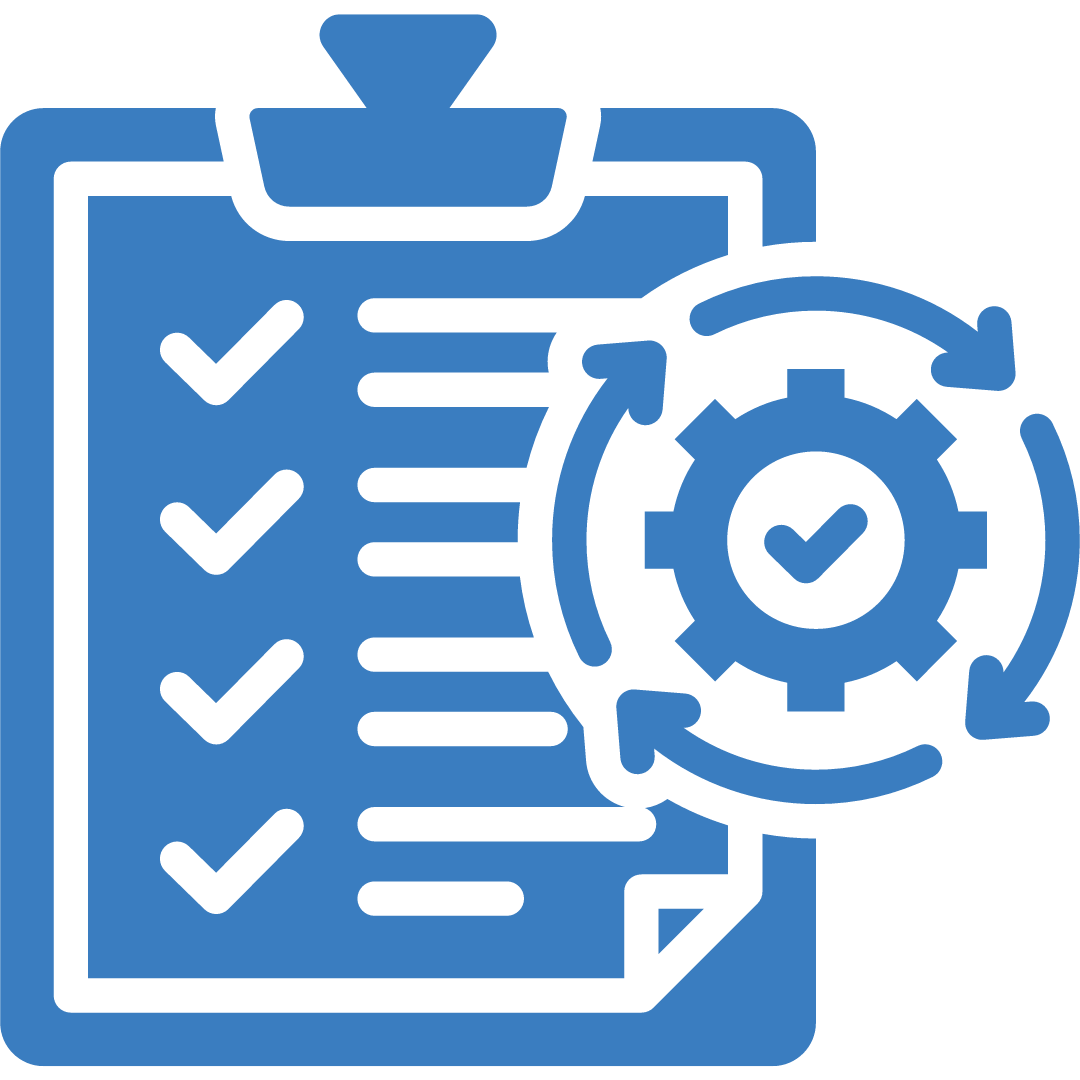
Generative AI takes care of those repetitive coding chores that slow you down. Need to build a user login system or a shopping cart for your e-commerce app? Use Generative AI for smarter coding. AI will handle the basic structure, freeing you to focus on the custom functionalities that set your app apart.
Benefits:
- Faster Development: Get things done quicker by automating tedious tasks.
- Reduced Errors: AI-generated code minimizes the risk of human mistakes.
- Consistent Code: Maintain a clean and consistent codebase throughout your app.
2. Create personalized user interfaces
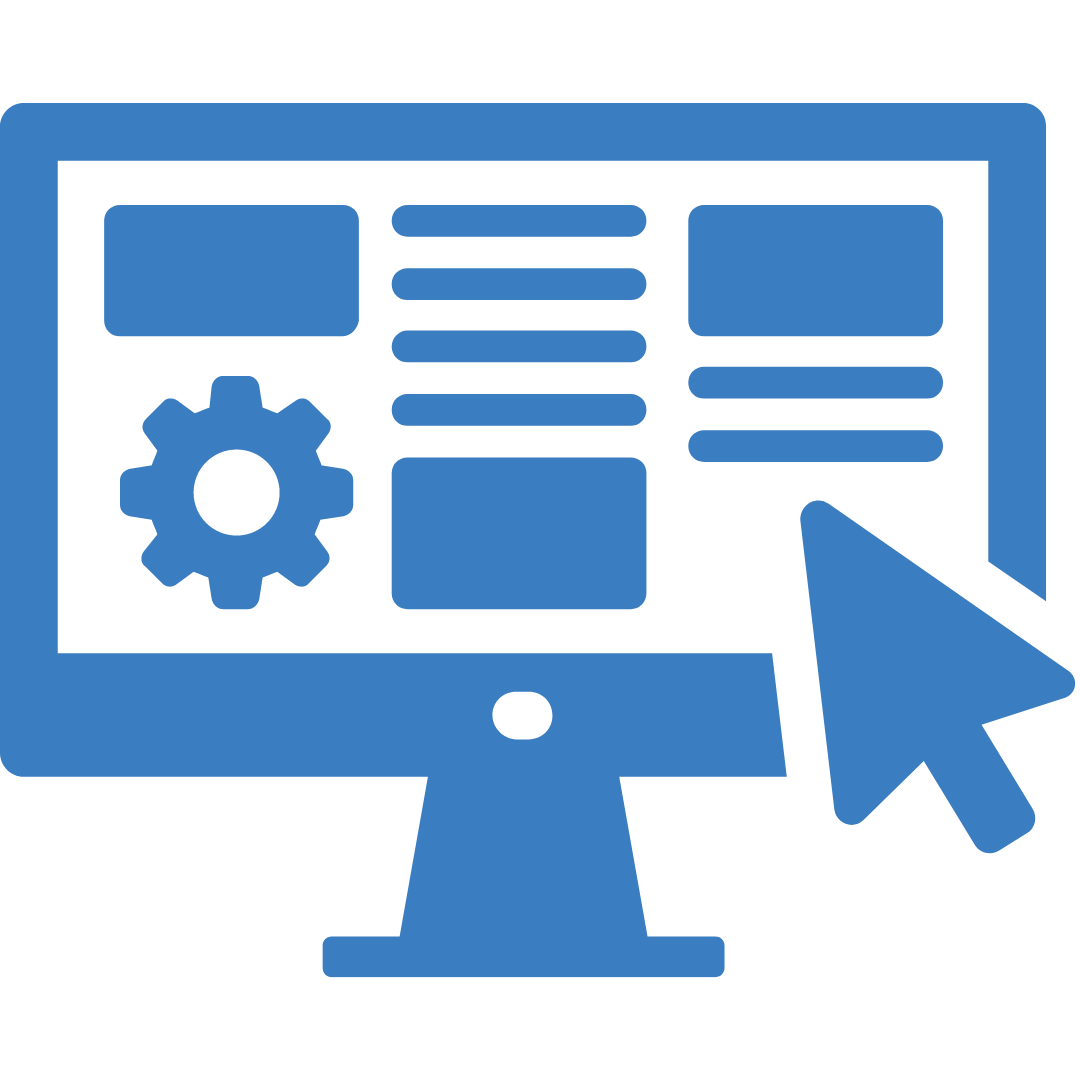
Stuck in a design rut? Here’s how generative AI improves app design: Generative AI helps analyze existing apps and user interfaces, then generate unique layout options and wireframes for your application. Explore different design possibilities in minutes, ensuring your app is both visually appealing and user-friendly. Forget cookie-cutter interfaces – Generative AI personalizes app experiences for each user, making them more intuitive, efficient, and enjoyable.
Here's how it works: Developers can use Generative AI tools to analyze your behavior within an app. This includes things like what features you use most, how you navigate the interface, and even your preferred color schemes. Based on this data, the AI can suggest ways to tailor the app specifically to you.
Benefits:
- Enhanced User Experience: Craft intuitive and user-friendly interfaces that keep users coming back for more.
- Increased Design Efficiency: Experiment with various design concepts quickly and easily.
- Spark Innovation: Break free from design limitations and explore new possibilities.
- Layout adjustments: The app might rearrange buttons or menus to fit your workflow.
- Color changes: The interface might adjust its color scheme to your preferences.
- Feature placement: The app might highlight features you use most often and hide ones you rarely touch.
This isn't just about aesthetics; it's about creating a user experience that feels effortless. Imagine finding exactly what you need in an app without having to navigate through a maze of menus. Generative AI makes this a reality, saving you time and frustration.
Benefits for Everyone
- Developers save time: They don't have to create multiple versions of the app for different users.
- Users have a smoother experience: The app feels intuitive and caters to your specific needs.
- Increased engagement: A personalized experience keeps you coming back for more.
3. Simplifies the Documentation Process
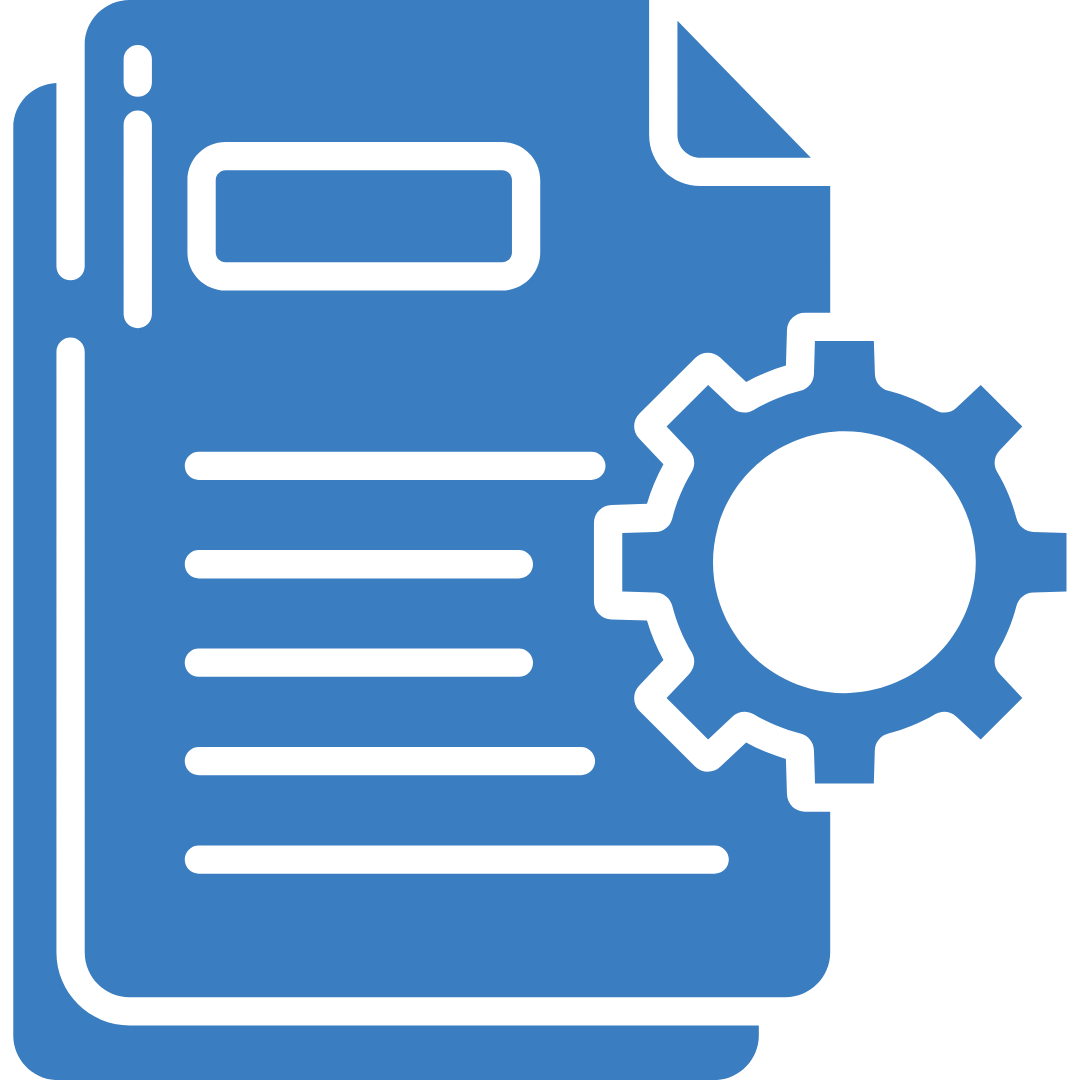
Remember those long hours spent writing user manuals and API references? Generative AI can take that burden off your shoulders. These AI models analyze your code and automatically generate clear and concise documentation – user guides, API references, and even code comments. This ensures everyone on your team is on the same page and saves you precious time.
Benefits:
- Improved Knowledge Transfer: New developers can quickly understand your code with readily available documentation.
- Reduced Maintenance Costs: Clear instructions minimize the need for individual code explanations.
- Empowered Users: Clear documentation helps users understand your app's features, leading to better user adoption.
4. Improve Code Quality
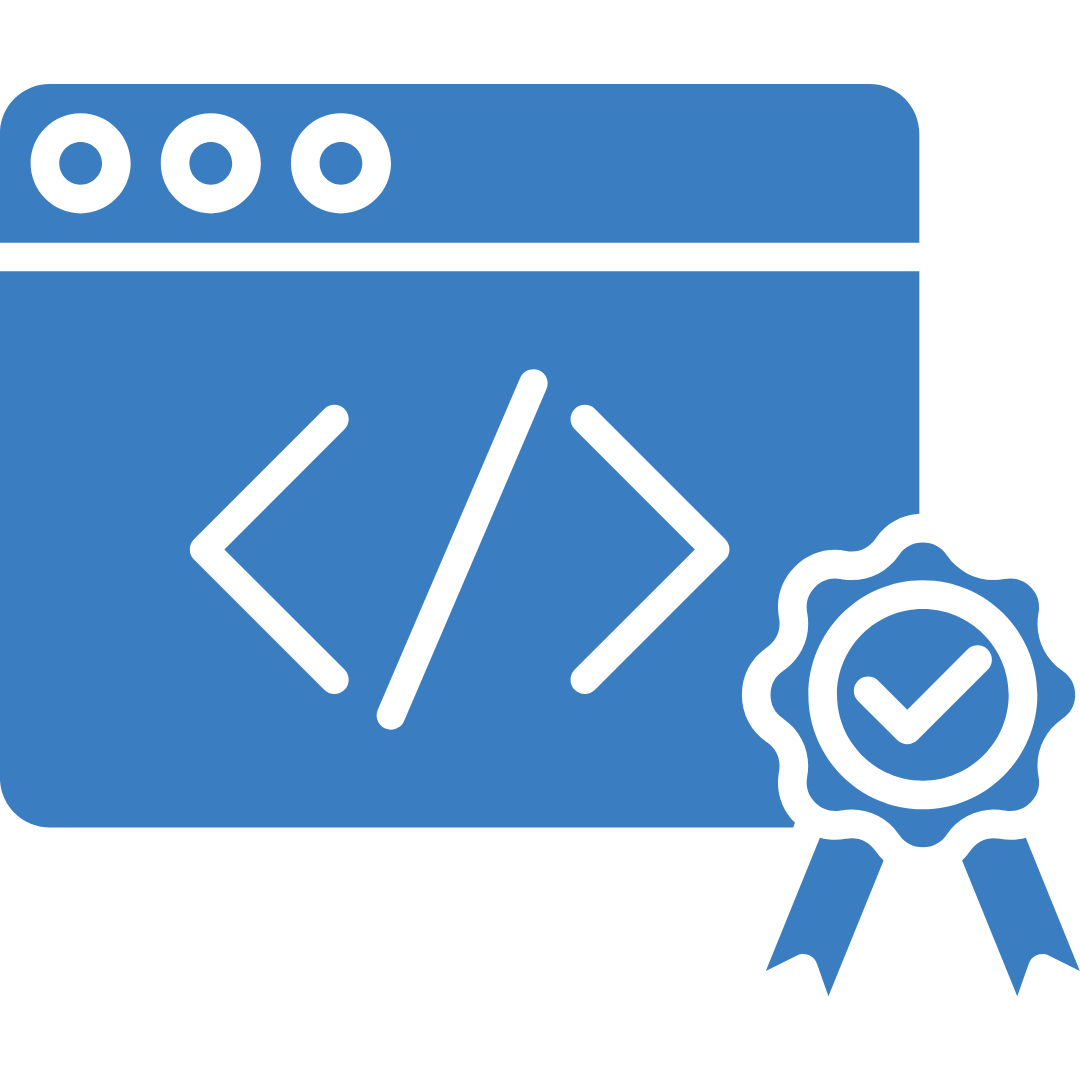
One of the most practical applications of Generative AI (GenAI) in software development is code automation and completion. This technology acts as a smart assistant, predicting and suggesting the next section of code based on the developer's ongoing work. This translates to several significant benefits:
- Faster Development: By suggesting relevant code snippets, GenAI completion tools can significantly accelerate the coding process. Developers spend less time typing out repetitive code and more time focusing on the unique logic of their applications.
- Reduced Errors: GenAI can identify potential syntax errors and suggest corrections as the developer writes. This helps to minimize errors that might otherwise require debugging later, saving valuable time and resources.
- Improved Code Practices: Many GenAI completion tools are trained on vast code repositories, allowing them to suggest best practices and efficient coding techniques. This can help developers write cleaner, more maintainable code.
- Enhanced Efficiency: By offering context-aware suggestions for achieving a specific task, GenAI tools can help developers explore more efficient coding approaches, potentially leading to faster and more streamlined code.
Overall, AI-powered code completion is a powerful tool that can significantly improve developer productivity, help obtain AI-powered software, and the overall quality of the code they produce.
Enhance Development with Automation
One of the most significant contributions of generative AI lies in automation. Repetitive tasks that consume valuable developer time, such as boilerplate code generation, can be efficiently handled by generative models. Imagine automatically generating the basic structure for a new web application, including essential functionalities like user login and data storage. This frees up developers to focus on the core logic, user experience design, AI design automation, and unique features that differentiate the application.
Real-World Example: Imagine a developer building an e-commerce platform. They can leverage a generative AI model to automatically generate the code for user registration, shopping cart functionality, and basic product display. This saves them hours of time and allows them to focus on building the custom features that make their platform stand out, like a personalized recommendation engine.
Encourage Creativity with Design Assistance
Generative AI isn't just about automating the mundane; it can also spark creativity. AI models can be trained on vast datasets of user interfaces and application designs. This allows them to generate mockups, suggest layout options, and even create wireframes for new applications. This empowers developers to explore different design possibilities and user flows before they begin coding.
Real-World Example: A team developing a mobile application can leverage a generative AI model to brainstorm and generate different UI layouts for their login screen. The model can present them with options that are both visually appealing and user-friendly. This allows the team to quickly iterate and choose the best design for their target audience.
Benefits:
- Enhanced user experience: By exploring various design options, developers can create applications with intuitive and user-friendly interfaces.
- Increased design efficiency: Generative AI helps developers iterate on design concepts faster, saving time and resources.
- Fostering innovation: AI-powered design assistance can inspire developers to think outside the box and create groundbreaking user interfaces.
Writing Smarter with AI-powered Documentation
Documentation is a vital but often neglected aspect of application development. Generative AI can streamline the documentation process by automatically generating user guides, API references, and code comments. AI models can analyze code structure and functionality, then translate that information into clear and concise documentation for users and future developers.
Real-World Example: A developer can use an AI model to automatically generate detailed documentation for their newly built API. This documentation can explain the various API functions, their parameters, and expected outputs. This saves them time and ensures that future developers have access to the information they need to effectively use the API.
Benefits:
- Improved knowledge transfer: Accurate and comprehensive documentation facilitates knowledge transfer within the development team and aids onboarding new developers.
- Reduced maintenance costs: Having readily available documentation minimizes the need for developers to explain code functionalities individually, saving them time and resources.
- Enhanced user experience: Clear documentation and AI documentation automation empowers users to understand the application's features and functionalities, leading to better user adoption.
How to develop generative AI applications?

- Data Collection & Preprocessing: Gather a massive dataset relevant to your application's desired output (e.g., code snippets for code generation, images for image creation). Clean and organize this data for optimal training.
- Model Selection & Training: Choose a suitable generative AI model (e.g., GANs for images, LSTMs for text) and train it on the prepared data. This involves fine-tuning the model to learn the underlying patterns and relationships within the data.
- Evaluation & Refinement: Once trained, evaluate the model's performance by comparing its generated outputs to real-world examples. Refine the model by adjusting parameters or acquiring more data if needed.
- Integration & Deployment: Integrate the trained model into your application's framework, allowing it to interact with user input and generate the desired outputs (e.g., code suggestions, creative content). Finally, deploy the application to a platform where users can interact with it.
The Future of Generative AI in Application Development
Generative AI is still evolving, but its impact on application development is undeniable. As these models continue to learn and grow, we can expect even more exciting possibilities, like AI-powered code optimization or personalized development environments.
Embrace Generative AI and experience the future of smarter, faster, and more innovative app creation. To know more about how you can use GenAI to create smarter application development, get in touch with our mobile app development experts!
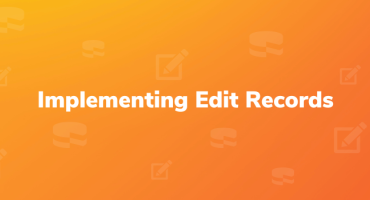
Implementing edit records in multiple associated tables in Cakephp 3
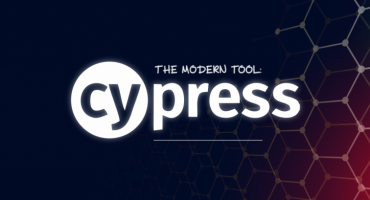
THE MODERN TOOL: CYPRESS


